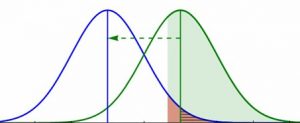
Evaluating NPS Confidence Intervals with Real-World Data
The Net Promoter Score (NPS) is a popular business metric used to track customer loyalty. It uses a single likelihood-to-recommend (LTR) question (“How likely is it that you will recommend our company to a friend or colleague?”) with 11 scale steps from 0 (Not at all likely) to 10 (Extremely likely). In NPS terminology, respondents








